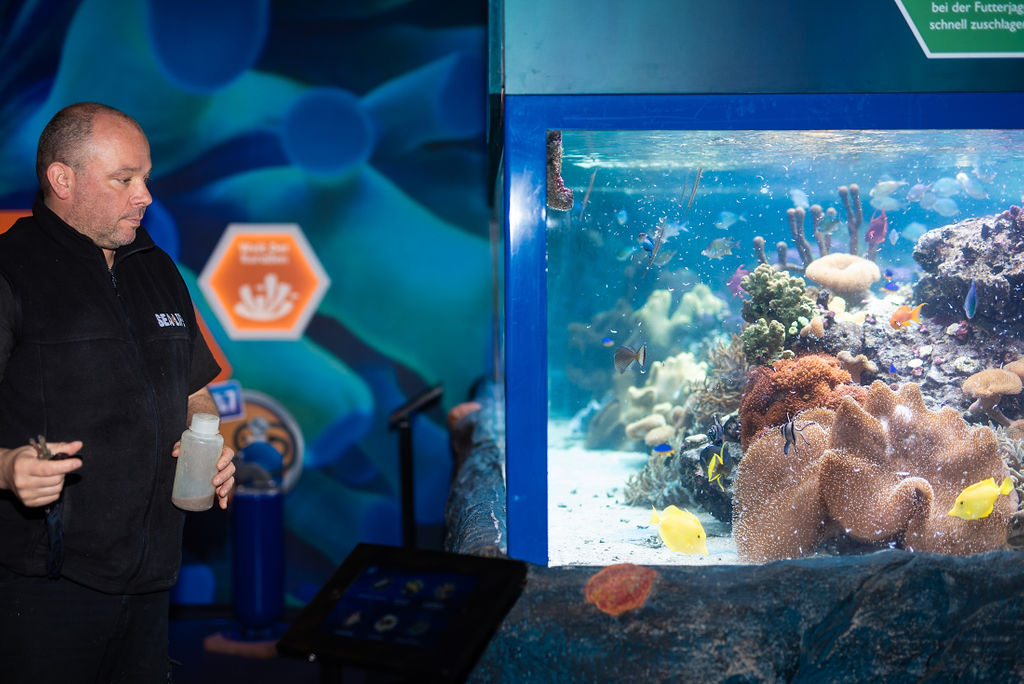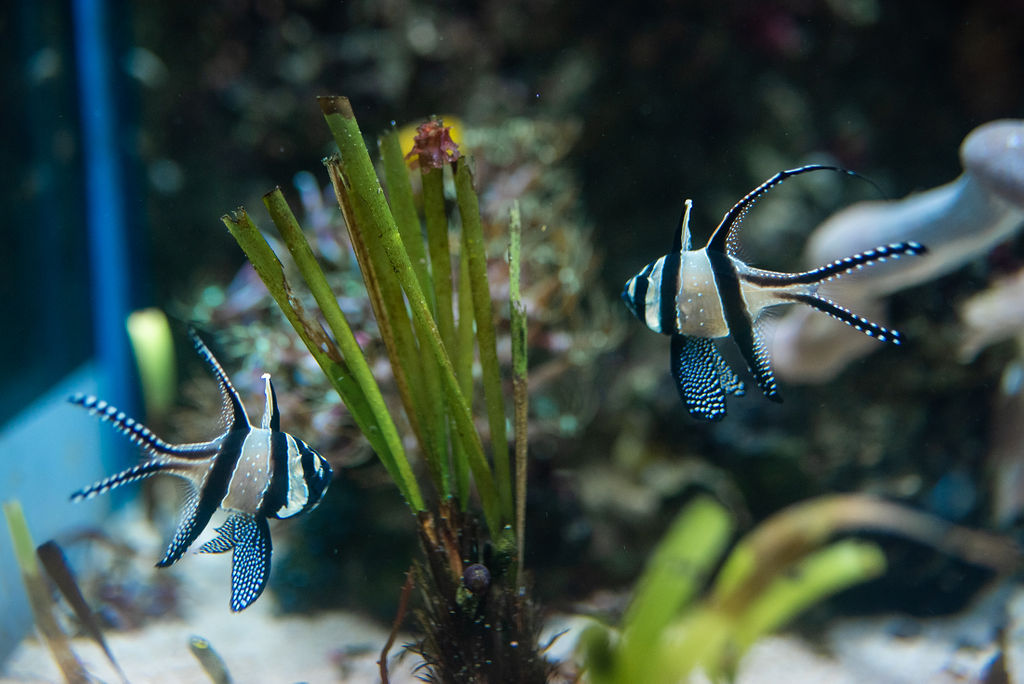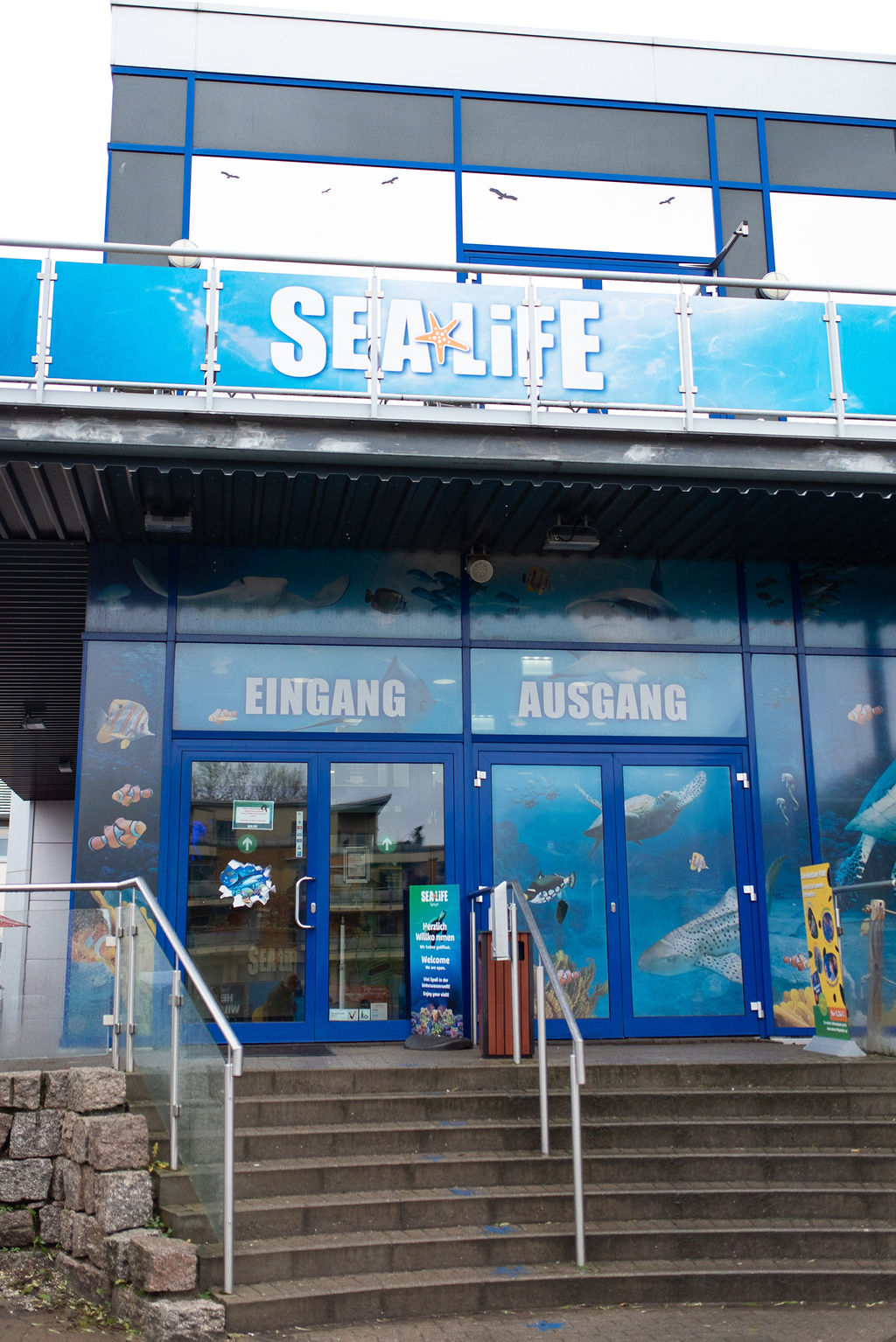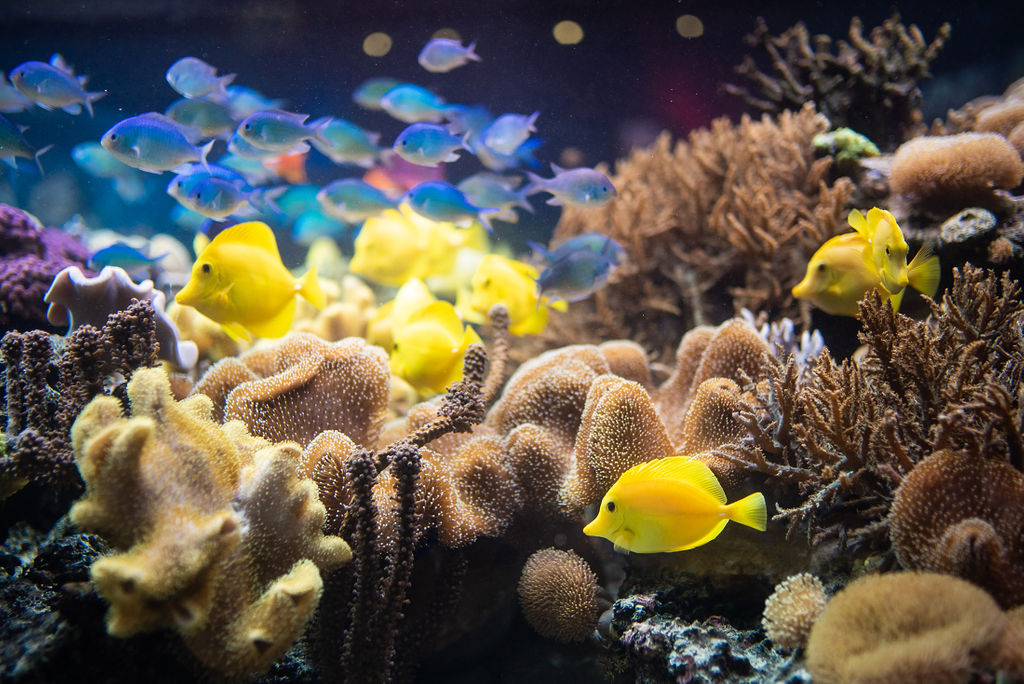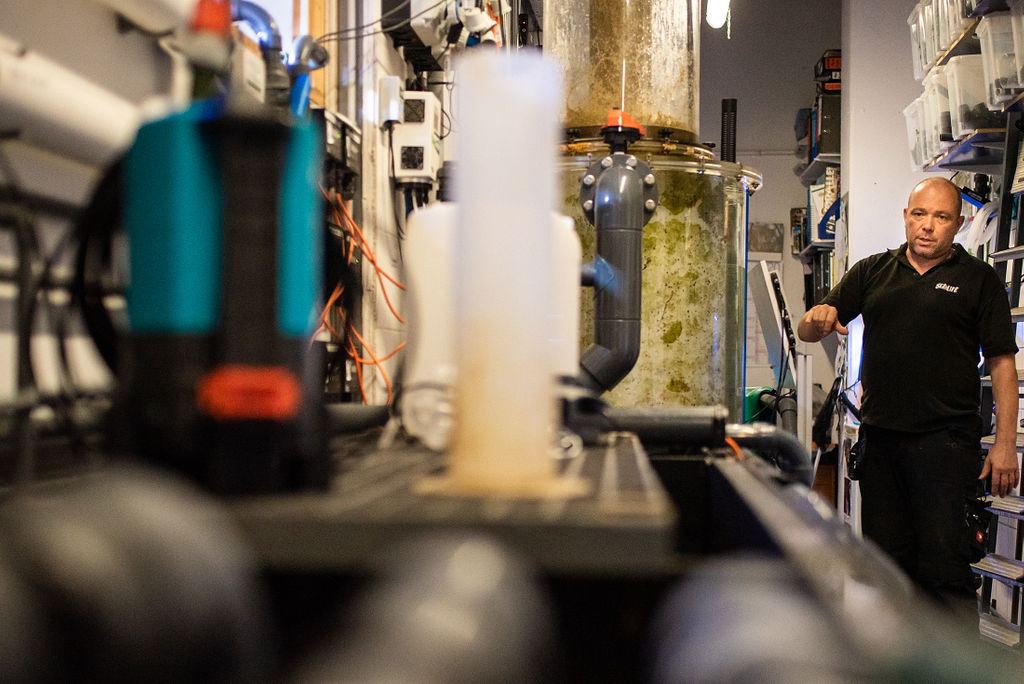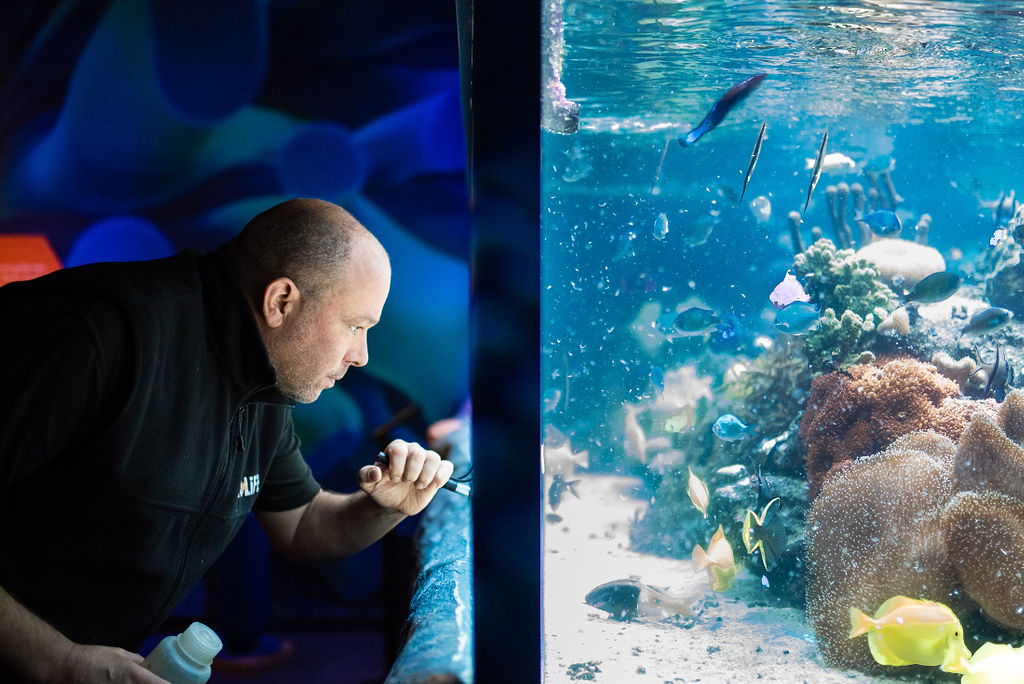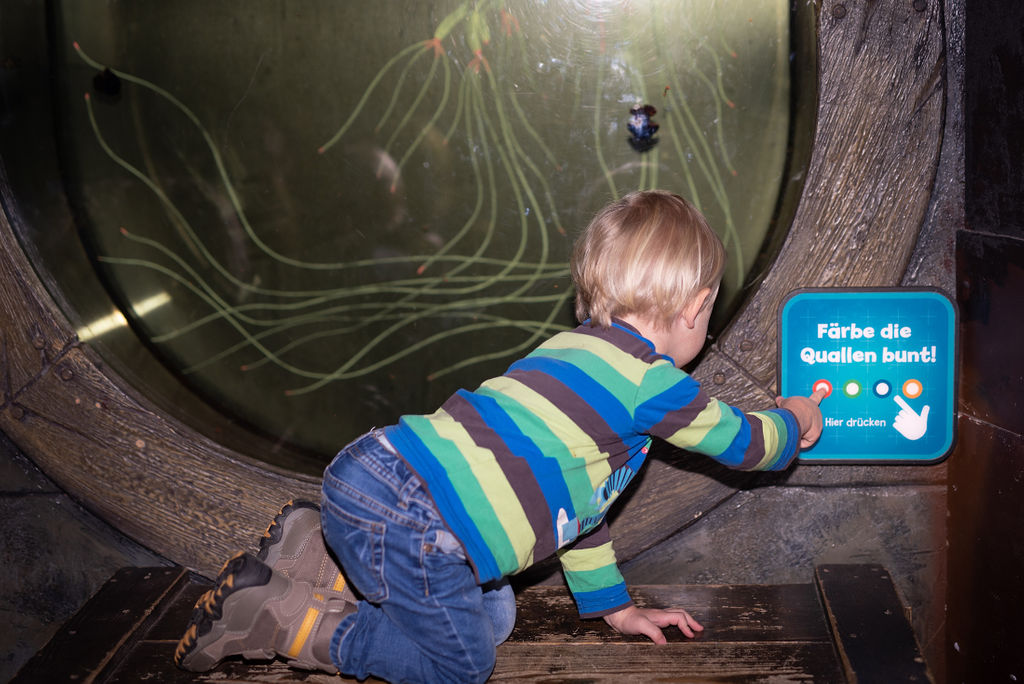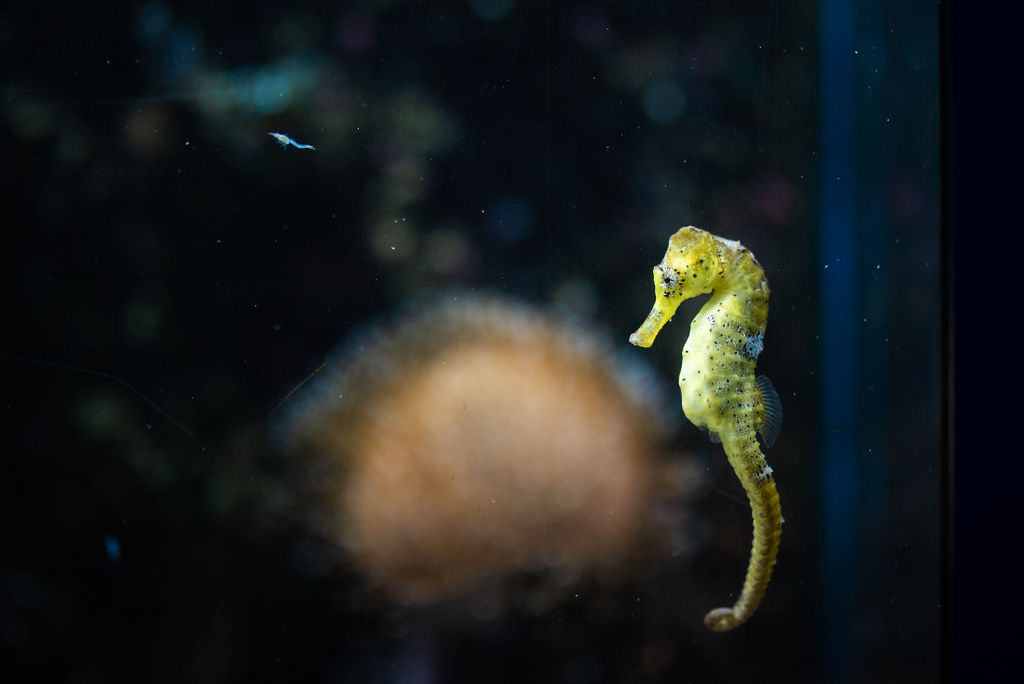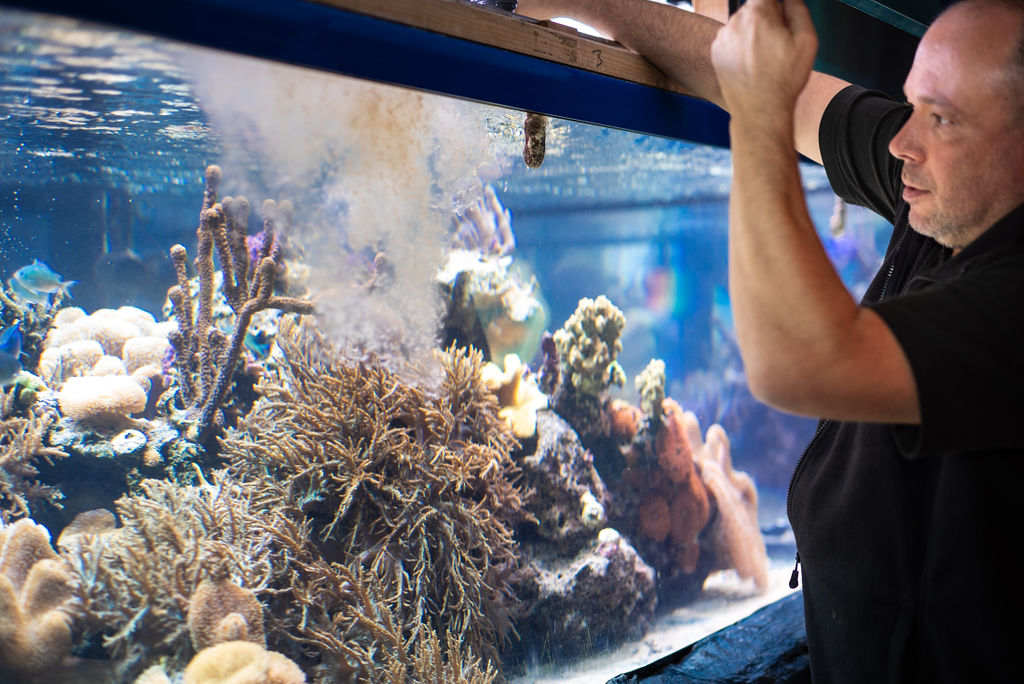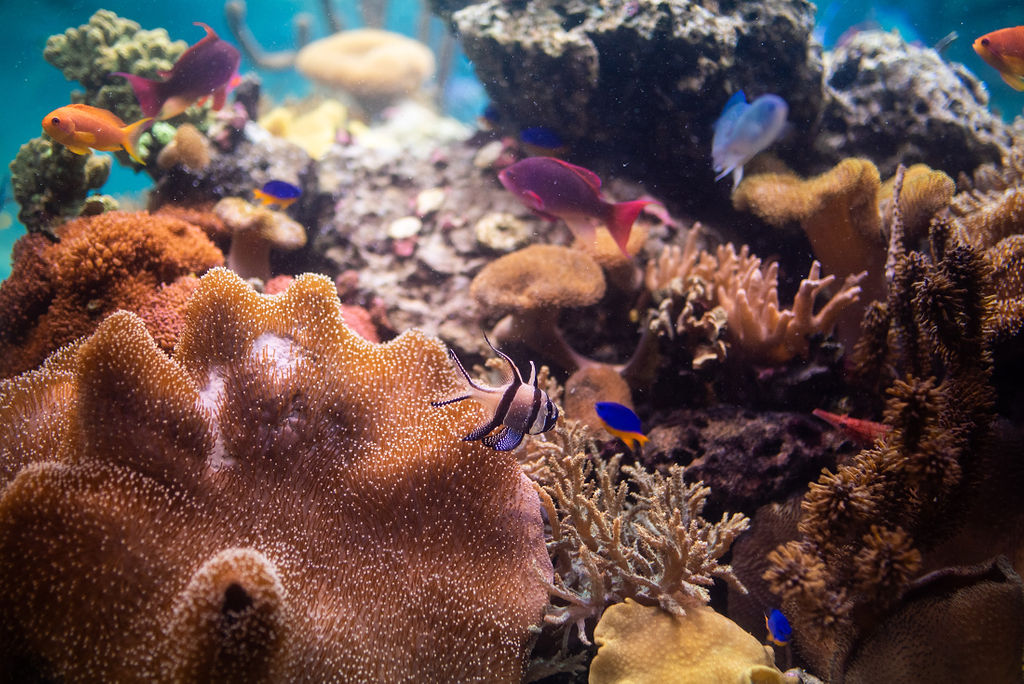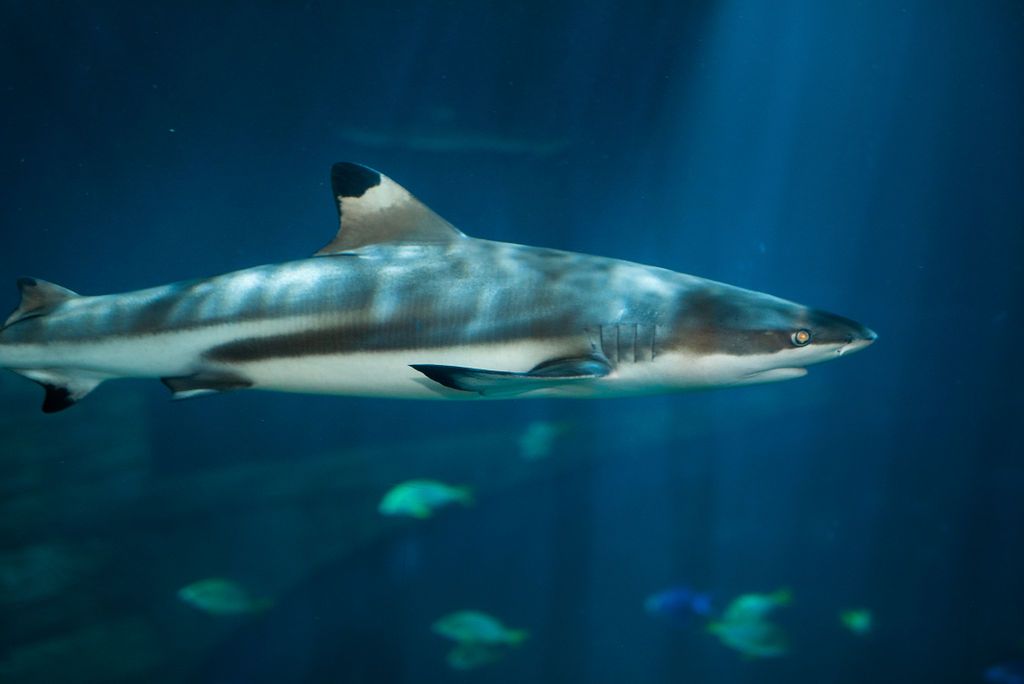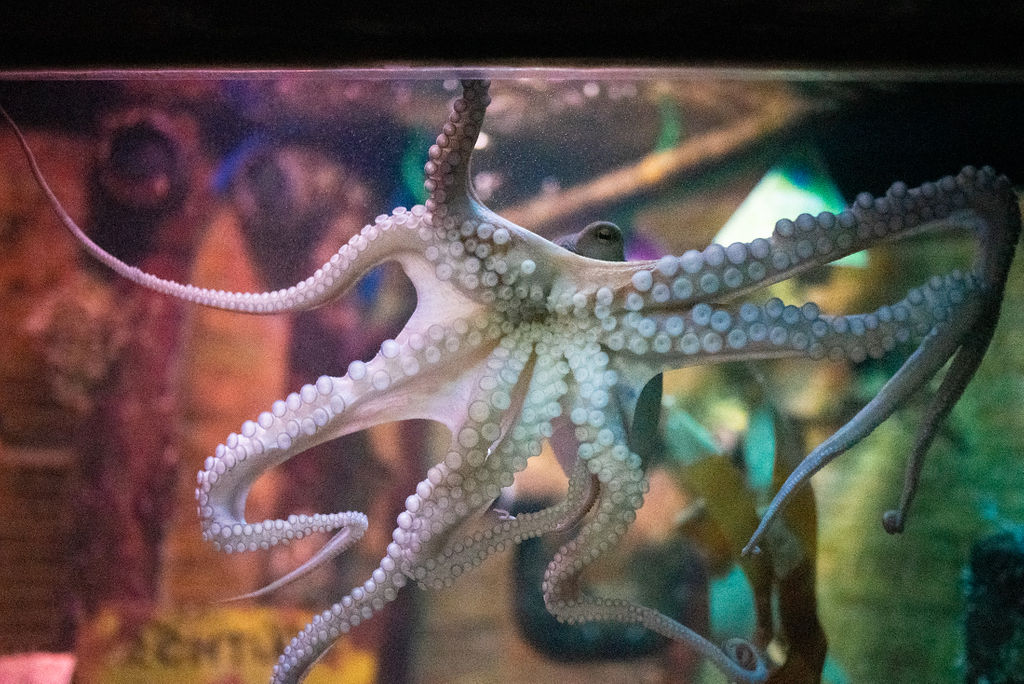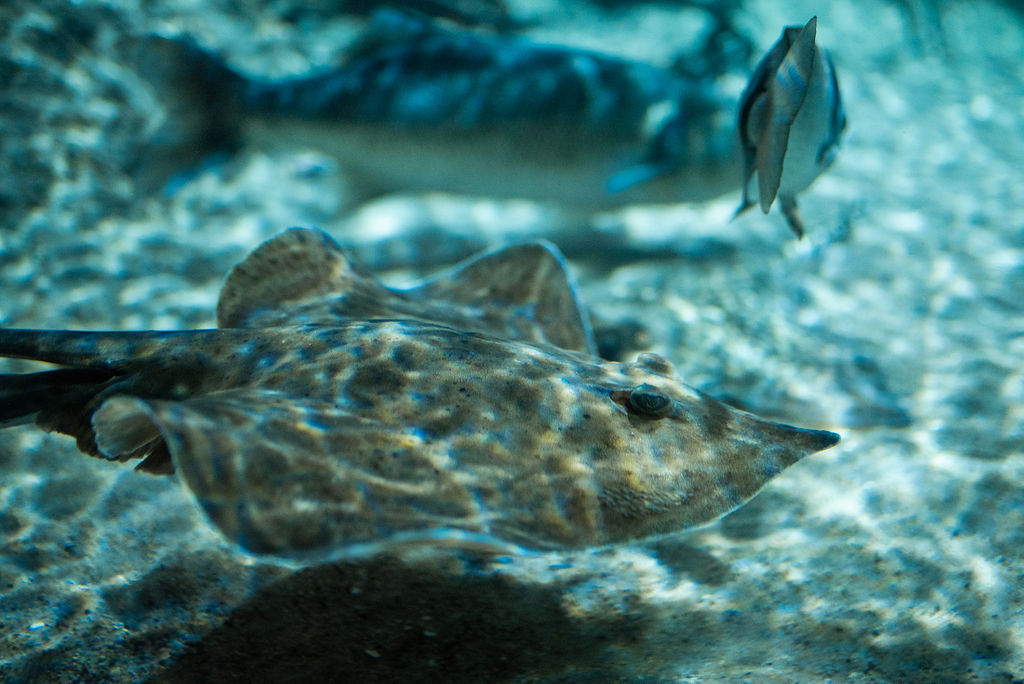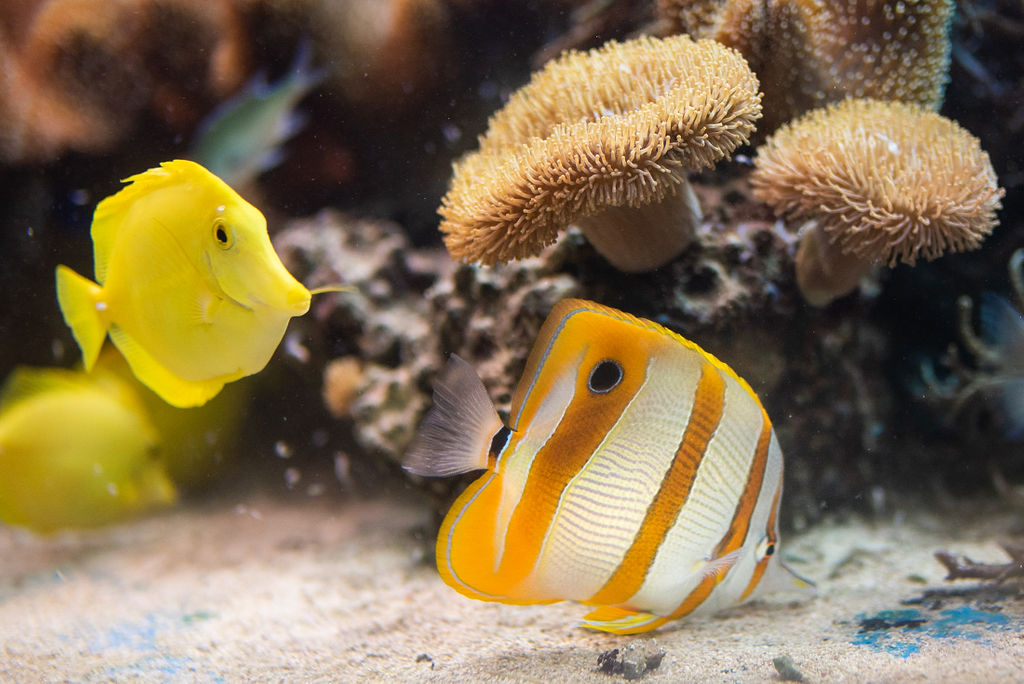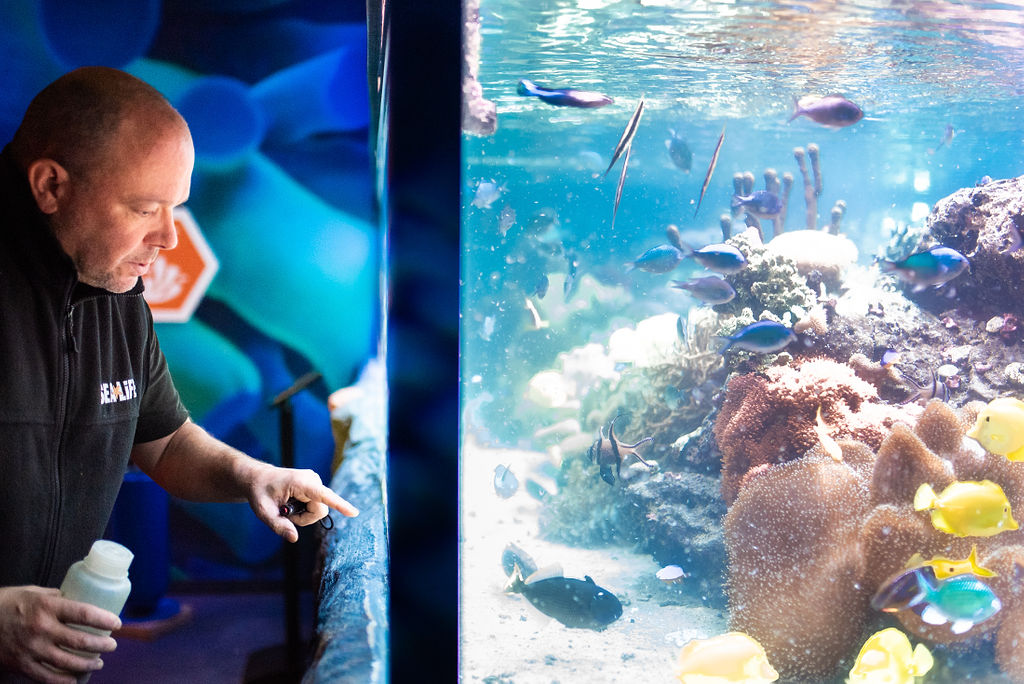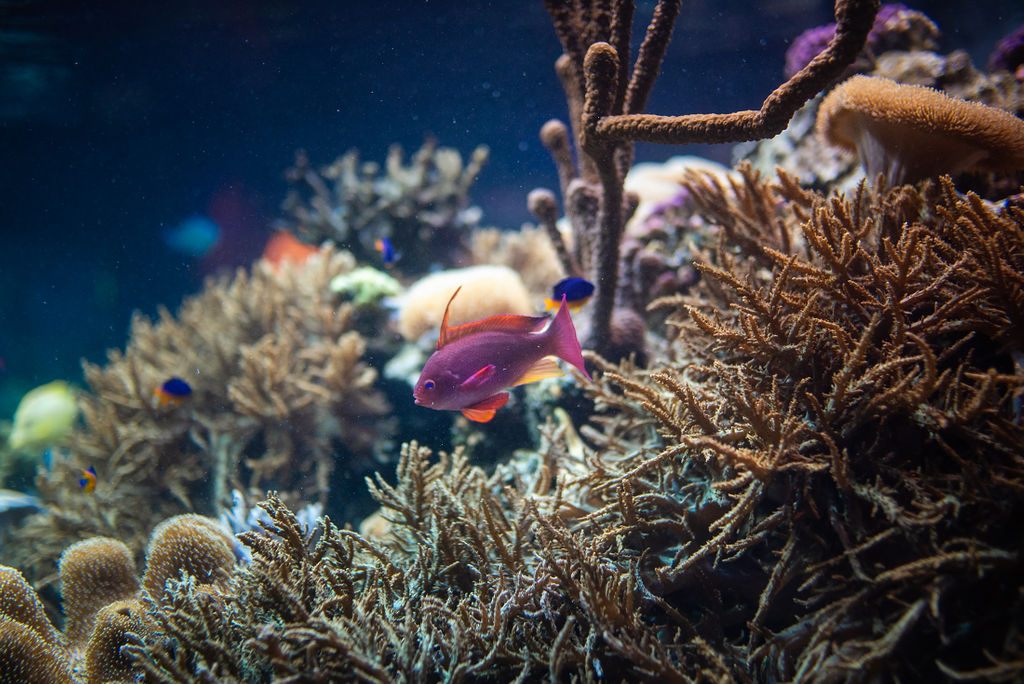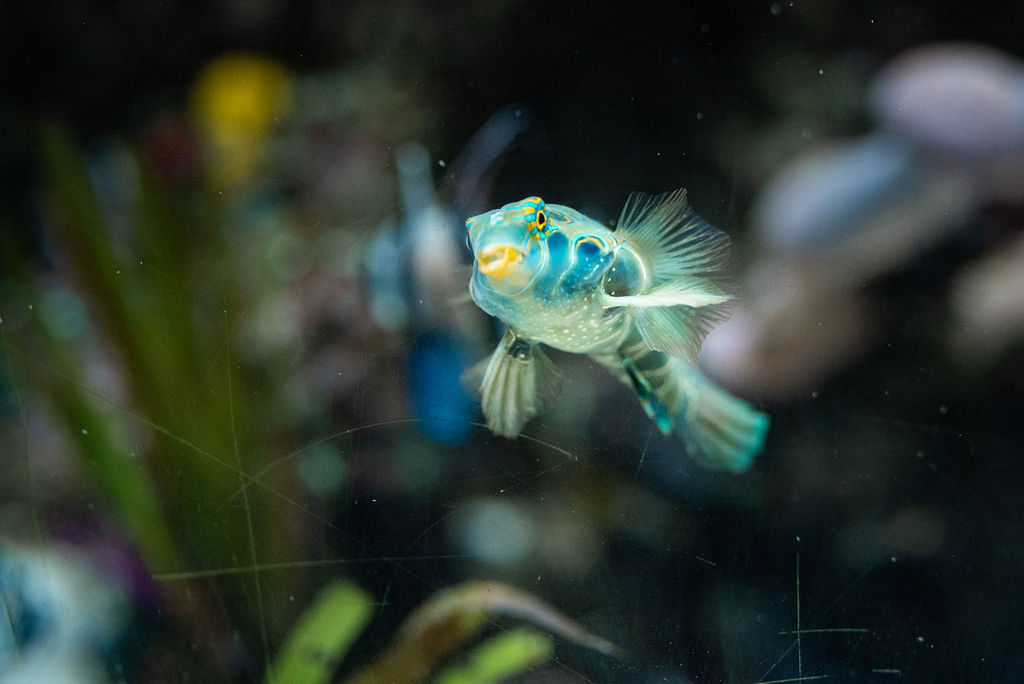Children, couples, senior citizens—each visitor stops in front the aquariums and observes the submarine world reverentially. Glass panes on two floors allow an insight into the facets of submarine life. Young visitors can gain a special insight in the Amazon section: sticking their heads into a glass hemisphere on the ground, they can observe the angry-looking piranhas from the bottom.
Piranhas – “the worst scaredy-cats ever”
The predatory fish may send a chill down the spine of some visitors. Books and films provoked the legend that schools of this South American fish are able to tear even big animals apart with their sharp teeth. Arndt knows better: Piranhas usually feed on much smaller fish. “They are the worst scaredy-cats ever,” he says. “They almost get a heart attack when you hold a piece of fish in their basin.”
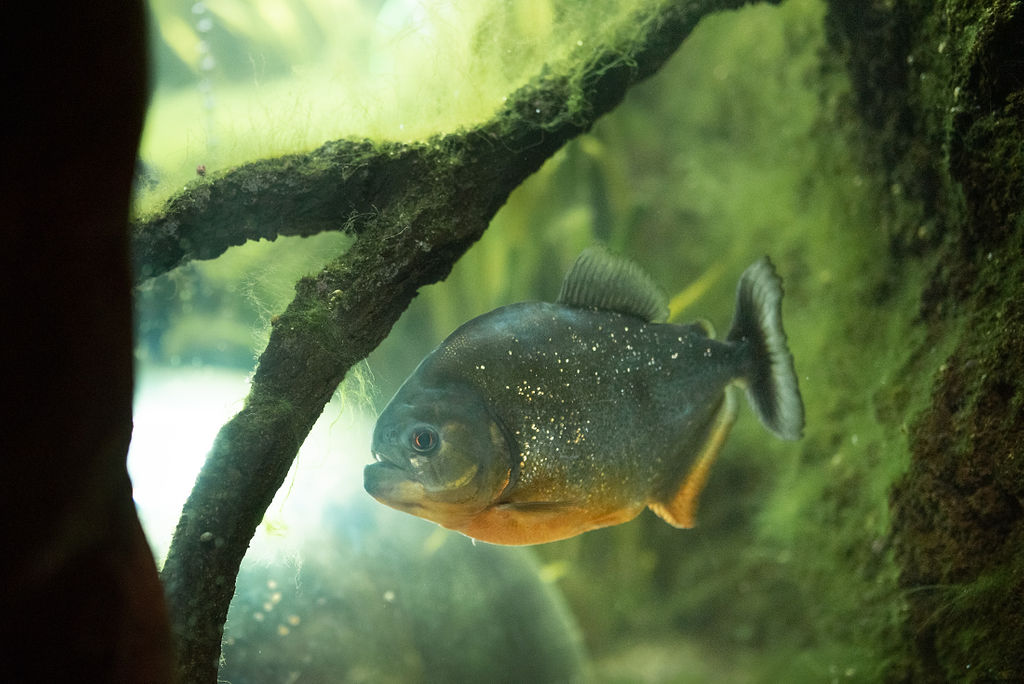
The new fresh water section on the ground floor directs the visitors’ attention to the most tremendous river on the planet. There, they can discover suckermouth catfish or colourful discus fish and can go on a quest for sunken Mayan calendars in the basin. All of this reflects the concept of the Sea Life Center: Visitors may watch and wonder, but also understand and learn—about ecosystems and their inhabitants and how endangered they are. “Unfortunately, in many persons’ opinion, nature conservation stops above the surface of the water.”

This is why Arndt wants even the youngest visitors to get to know the world underwater—in a tangible way: Arndt opens the covering of a shallow basin next to the tropical coral reef. Little prawns walk over your hands, red starfish and black brittle stars allow a touch. Dark brownish, leathery bags that previously released young shark or rays can be explored—unknown experiences to many children that are meant to leave a vivid memory. The idea is that you are more easily prepared to protect something you know.

The former ‘touch basins’ on the lower floor have acquired some unwelcome ‘flatmates’ of the fish and crustaceans: plastic foil to be fished out of the water by the visitors. Impressive figures educate them about the alarming situation in the oceans: It takes three years for a cigarette butt to dissolve, some incredible 450 years for a plastic nappy. The Sea Life in Speyer addresses this severe matter in its own house as well: The gift shop offers more and more items made of recycled plastics and the restaurant sells coffee to go in returnable cups.
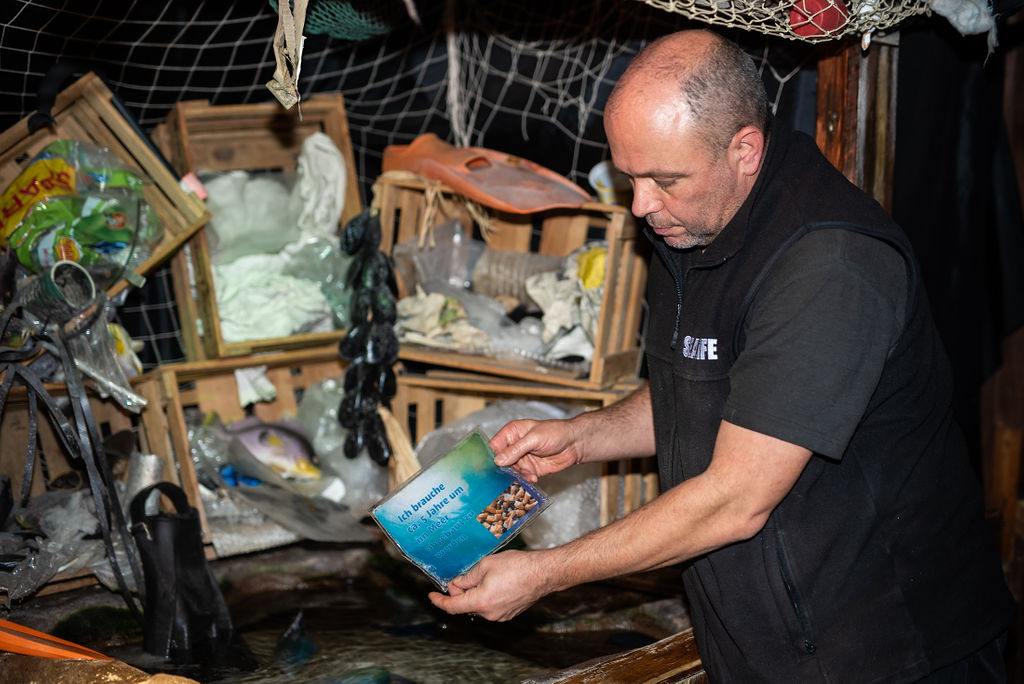
Arndt is passionate not only about fish, but also about reptiles. Together with his team, he has successfully bred European pond turtles for several years. In Germany, this species is in danger of extinction, because of the destruction of riparian forests and marshlands. The Speyer breed has been released into the wilderness in the region of Bobenheim-Roxheim and Old Arms of the Rhine in the South-Palatinate Neuburg in cooperation with the Naturschutzbund Rheinland-Pfalz (Nature And Biodiversity Conservation Union in Rhineland-Palatinate) in order to give a boost to the species.
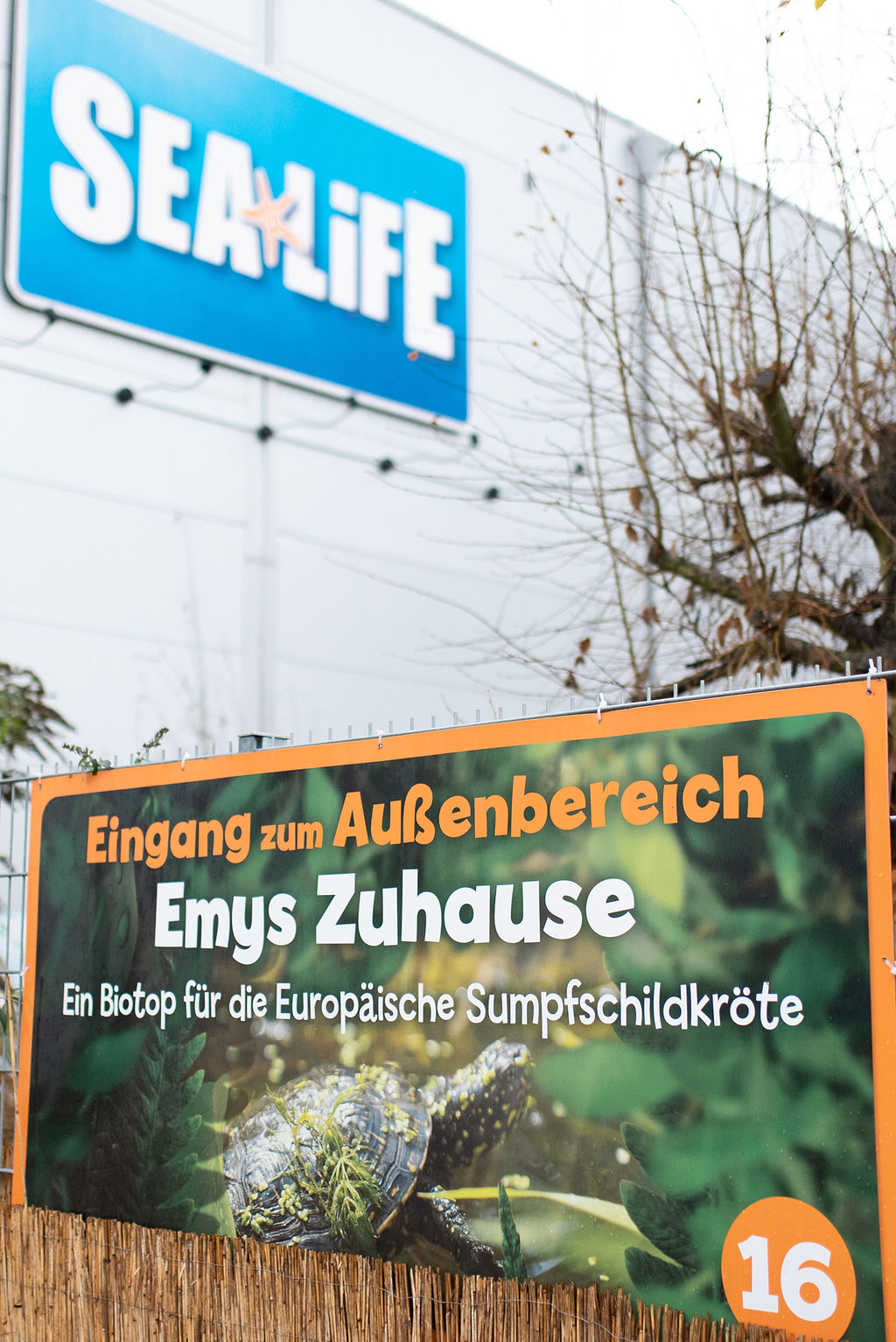
Another turtle, Marty, lives in the big ocean basin. Marty, however, is of quite a different calibre. The over-80-kilogramm green sea turtle paddles through the pool looking for salad and broccoli—or for diving aquarists who clean the panes and are good to play with. Marty comes from a project launched by the enterprise-owned nature conservation organisation ‘Sea Life Trust’ in the Caribbean. The common name ‘soup turtle’ alludes to the fact that the swimming reptile is still considered a delicacy in parts of its region of origin. “We saved this fellow from the pot,” Arndt explains.
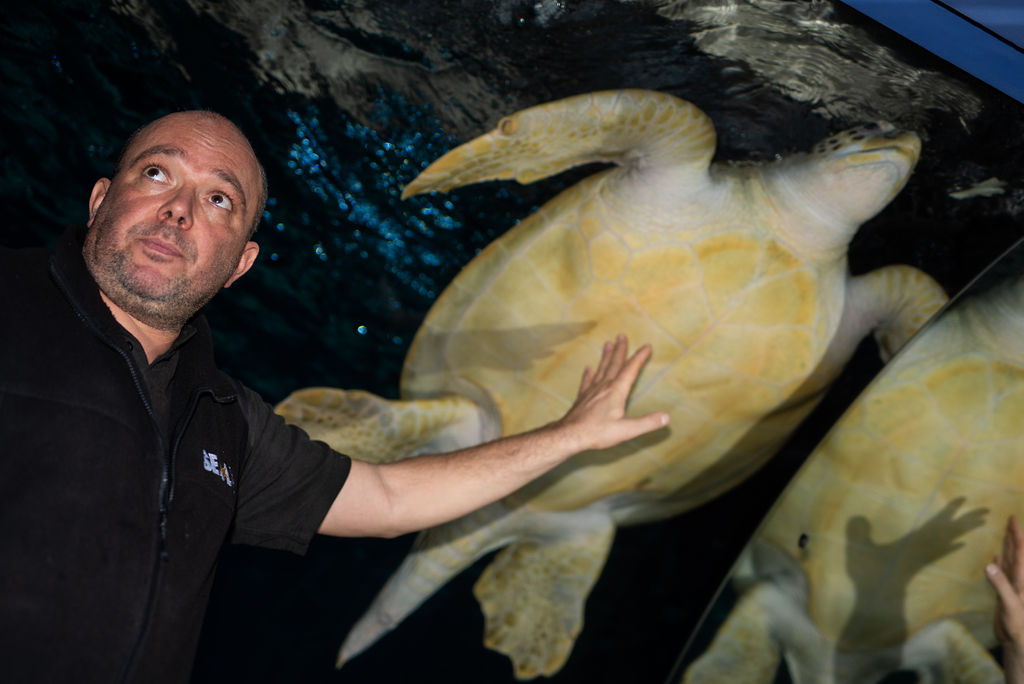
Sea Life comprises about 50 aquariums across the globe. The organisation Sea Life Trust is active for environmental conservation and the maintenance of the fragile balance in seas and oceans. Recently, Arndt was on a trip to the Indonesian island Bali on behalf of the organisation. He went diving with colleagues from other aquariums to plant out coral offsprings on cliffs made of concrete in order to ‘afforest’ the endangered reefs. And they advertised fishing without poison in the local fishermen community. Poison anaesthetizes the fish and makes it easy to ‘collect’. It doesn’t only kill swimming creatures though. It threatens corals as well. “Many locals know corals only with a white colour,” says Arndt—the colour the creatures have when they are dead. The aquarist points out, however, that the local fishermen are very interested and eager to learn—especially the young persons among them. “We have to educate the children,” he is convinced. “It is the most sustainable way to protect nature.” This is true for Indonesia just as much as it is for the Rhine-Neckar Metropolitan Region.
www.visitsealife.com
